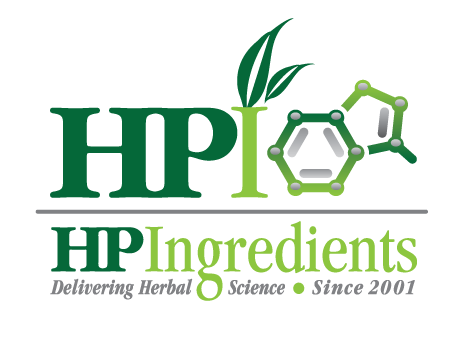February is American Heart Month and of course, Valentine’s Day, whose very symbol is a heart.
We tend to not think about our heart health until we have a scare or suffer a cardiac event; these tend to occur in middle-age. But Millennials should be concerned and be proactive, especially the upper level of that generation, now in their mid-30s.
Many young adults today grew up with very poor diets, setting the stage for high numbers – cholesterol, blood pressure, blood glucose, and many are overweight. In short, from today’s young adults through older middle-age, many American consumers are dealing with metabolic syndrome and its companion condition, non-alcoholic fatty liver disease (NAFLD).
Approximately 90 percent of cardiac events are preventable with lifestyle changes, according to Nisha B. Jhalani, MD, director of clinical and educational services at the Center for Interventional Vascular Therapy at NewYork-Presbyterian/Columbia University Irving Medical Center.
The heart is not an isolated organ – it is definitively affected and frequently challenged by lifestyle, and when the cardiovascular system is not performing optimally, this effects physical and mental performance, pulmonary performance, and is indicative that other problems (eg, insufficient blood sugar) exist as well.
To a significant degree, future heart problems such as CVD can be largely prevented, barring the existence of genetic predispositions or congenital conditions, the earlier an individual adopts a healthy lifestyle.
Dr. Jhalani believes that as early as age 20, individuals should begin to talk to their physicians about preserving cardiovascular wellness, especially if there is heart disease in the parents and grandparents.
Lifestyle risk factors include poor sleep, smoking, being overweight, lack of exercise and unhealthy diet.
How a Citrus Ingredient Helps the Heart
Bergamonte® contains bioactive compounds of extract of the juice and albedo of Citrus bergamia Risso, standardized to at ;east 38% polyphenolic flavonoidsconsisting of naringin, neohesperidin, neoeriocitrin, 1% melitidin, and 2% brutieridin. Bergamonte® is produced using patented extraction technology through collaborative works of various universities and research institutions in Italy.
Another study compared efficacy of Bergamonte® with and without rosuvastatin in 77 individuals with elevated LDL and triglyceride levels. were randomly assigned to placebo or two groups receiving orally administered rosuvastatin (10 and 20 mg/daily for 30 days), a group receiving BPF alone orally (1000 mg/daily for 30 days) and a group receiving BPF (1000 mg/daily) plus rosuvastatin (10 mg/daily for 30 days).
Those with mixed hyperlipidemia taking,000 mg Bergamonte® significantly reduced total cholesterol, LDL, triglycerides, and enhanced HDL levels. Association of Bergamonte® 1,000 mg with the 10 mg rosuvastatin significantly enhanced the hypolipidemic effect of rosuvastatin compared with the effect of rosuvastatin alone. In addition, triglycerides were reduced by 42% and HDL was increased by 34%, an effect which was significantly higher while compared to the use of rosuvastatin alone.
In one 30-day placebo-controlled study, 237 individuals were divided into three groups: those exhibiting isolated hypercholesterolemia, those with mixed hyperlipidemia, and those with metabolic syndrome. All were given either placebo, 500 mg Bergamonte® or 1,000 mg Bergamonte®. The researchers showed that the supplement “led to a strong reduction in total cholesterol, LDL, and a significant increase in HDL in the majority of the subjects. No significant changes in the mean cholesterol parameters were recorded after 30 days in the placebo groups. There were decreases in LDL and increases in HDL were recorded in all those taking the supplement.
A third study showed that Bergamonte® decreased the mean concentration of intermediate density lipoprotein (IDL) particles by 51%, to increase large LDL by 38%, and to decrease small LDL by 35%. Moreover, 120-day treatment with BPF lead to 20% increase of total HDL particles, mainly due to the increase of large HDL.
There is a new Bergamonte (BPE-C) that has been tested clinically and found to not only retain the powerful regulation of cholesterol and blood glucose levels that the original extract was shown to do (as it still has the same flavonoid profile of naringin, neohesperidin, neoeriocitrin, melitidin, and brutelidin), it has a significant favorable impact on body weight and metabolic syndrome.
The study, which is being prepared for journal publication, has shown potent impact on hormones that influence metabolic syndrome, specifically, a strong increase in leptin (12.30% with 650 mg BPE-C and 21.36% with 1,300 mg); decrease in ghrelin (6.89%, 650 mg, and 14.90% with 1,300 mg), and an increase in adiponectin (18.65% with 650 mg), and 21.76% with 1,300 mg) after 16 weeks.
Bergamonte and healthy lifestyle choices are easy to do to help preserve a strong heart for years to come.


